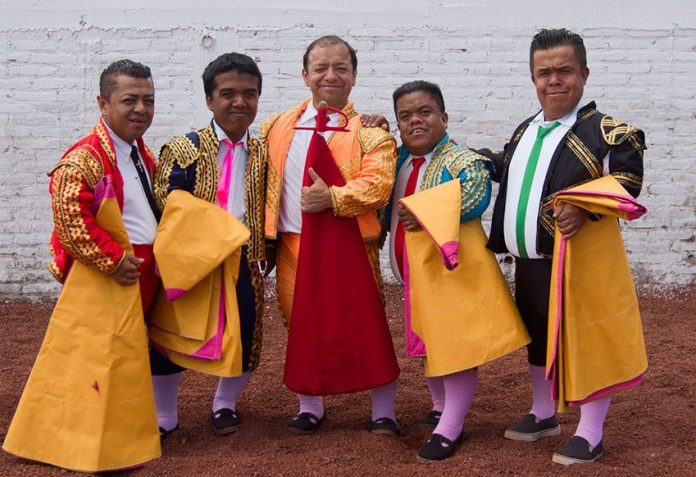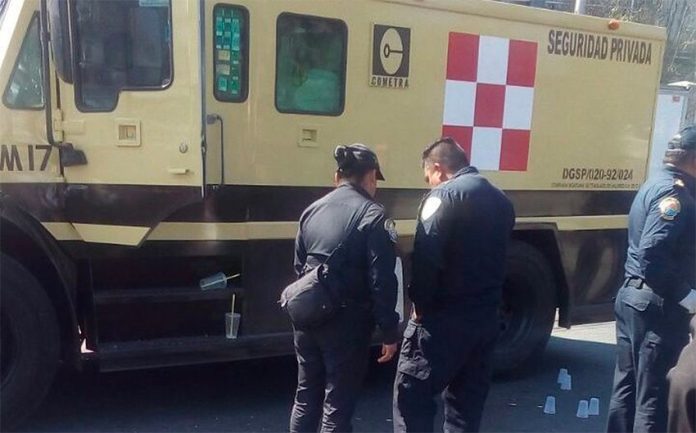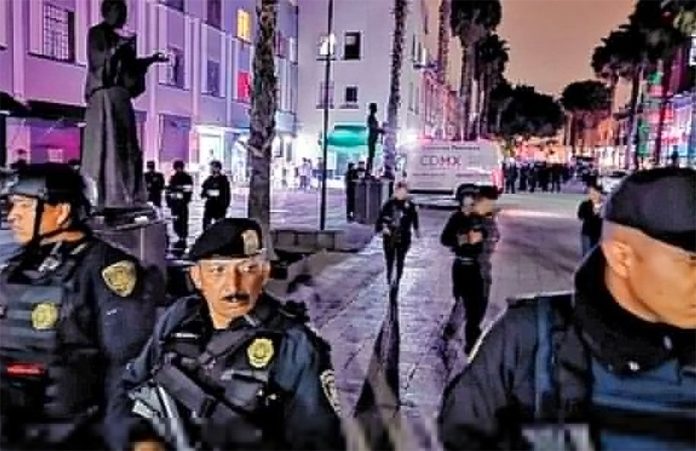A couple of years ago around the middle of January, during my darkest days of post-holiday stress disorder, my Captured Tourist Woman suggested we attend a cultural sporting event.
When I inquired where this event would take place, she exclaimed that it was at the Plaza de Torros, the bullring. My apprehension was apparent: was she suggesting taking me to a bullfight?
Now don’t get me wrong, I like my steaks rare, it’s just the thought of watching my favorite food source being skewered for sport could upset the delicate balance of my psyche.
She told me not to worry, and informed me we would be watching the famous Enanitos de Torreón; the midget bullfighters. And, she said, she had information that they don’t use full-grown bulls, just yearlings.
I said nothing, but to myself I thought this is just great, now I get to watch little people being mauled by diminutive bovines.
I am certain that in a more politically correct society public spectacles involving dwarfs and farm animals would be banned, but this is Mexico. It‘s all part of the cultural adventure. And, as my regular readers will know, I am always in pursuit of cultural adventure.
So we arrived early and found good seats on the shady side of the bullring about four rows up from the action. This was a good viewing location and I knew we should be well above any blood splatter.
The first on the field was a team of three normal sized clowns but no short people. The clowns did a basic routine which consisted of pratfalls and bumbling behavior, quite entertaining, but we were there for the bantam bullfighters.
Our first sighting was when five little women came out and danced around the field to a Mexican pop song with a strong back beat. One of the dancers was almost as wide as she was tall, but she, like the others, carried it off with an unusual level of style and enthusiasm.
When the minuscule matadors materialized, they were all dressed in perfectly tailored outfits which any real matador would have been proud to wear. After taking an introductory bow, they assembled along the wall of the ring to await their turn to face the ferocious toro that I knew would soon burst upon the field.
When the young bull was loosed, careful observation told me that it outweighed the heaviest matador by about five to one, and the tallest was only to the yearling’s shoulder.
The one safety factor in the coming melee were the ever-present clowns, always cavorting on the periphery but obviously watchful of the little matadors.
As the little bull capered around the ring, throwing its head about and chasing the clowns or being chased by them, there was more of a sense of play than the stark aggression displayed by 1,200 pounds of angry steer in a normal bullfight. The horns had been shortened to nubs which had been wrapped with leather; at least no short folks would get punctured.
With a flourish of their hat, each of the mini-matadors came forward one at a time to engage the bull, each brandishing a cape and a scaled-down sword a bit larger than a steak knife.
Since the bull had obviously played the game before it did not take much to get this teenage toro to charge right at the closest provocative cape. All the little guys had their own style and were quite accomplished at avoiding bodily harm. Some would go down on one knee, a movement which made them appear really small, and which allowed the bull to come within inches of their crouched form.
A couple of fearless toreros were less skilled and a few times ended up sprawled on the hard-packed dirt.
When a matador went down, he would immediately spring to his feet, dramatically feint severe damage to his private parts, and then recover enough to taunt the bull again with a flutter of the cape.
There were five bullfighters in all and they had the crowd in a constant state of oo’s, ah’s and laughter. After they all had completed their brush with death in the dust of the bullring, the clowns herded the panting yearling off the field and the matadors disappeared for a costume change.
When the five performers returned to the arena, they were all attired as tiny caballeros, each with a length of rope in hand. My first thought was that they would be doing rope tricks, but just then eight fat and happy looking little ponies loped onto the field and began a counterclockwise circuit of the arena.
I knew that if these guys tried to lasso anything bigger than a house cat, they would be going for a ride in the dirt, but I quickly realized that was the general idea.
A couple of the stubby vaqueros managed to drop a loop over the neck of a running pony, an event quickly followed by the little fellows skittering around the ring on their rumps. The rope and the weight of the sliding dwarf didn’t seem to significantly slow the ponies. We assumed that the seat of the costume had to be padded as we watched the ponies punish the bums of those who tenaciously clung to the rope.
In between and during the animal acts, the clowns and dwarfs were always in a constant state of slapstick with each other; pushing, chasing and tumbling. They all managed to keep it up for two hours without any broken bones or visible blood; these were unquestionably skilled show people, and the animals seemed happy to be playing these games. I was certainly happy to be watching.
The tickets to this thoroughly entertaining spectacle cost 150 pesos each. Enanitos de Torreón performs throughout Mexico and if you ever get a chance to take in the show of this wonderful troupe it’s well worth the price of admission.
And don’t tell friends and family that you went to the midget bullfights. I don’t think this type of sport is deemed appropriate by those who reside North of the Border.
The writer describes himself as a very middle-aged man who lives full-time in Mazatlán with a captured tourist woman and the ghost of a half wild dog. He can be reached at [email protected].









